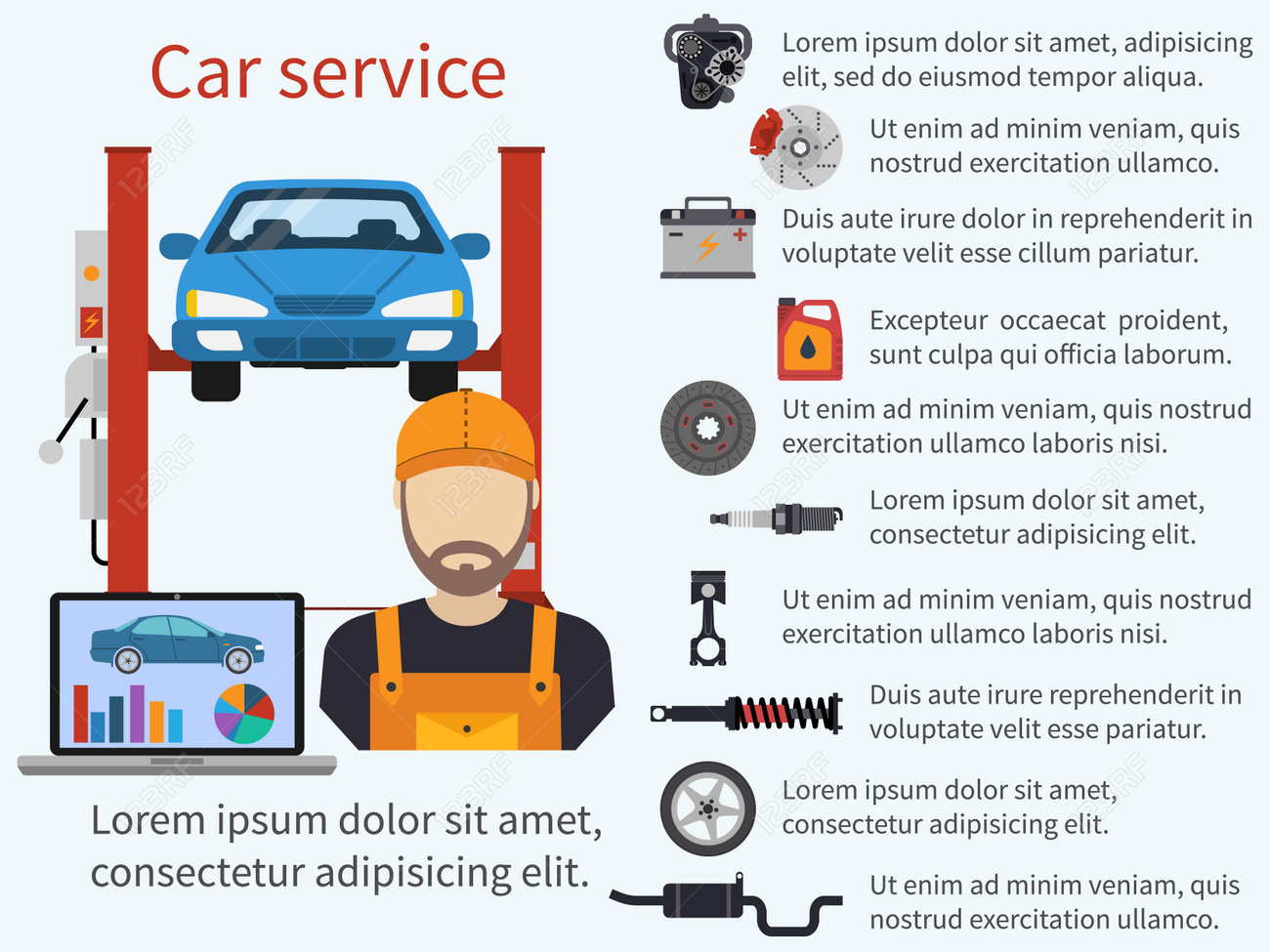Analyzing Your Automobile'S Caution Indicators: What They Truly Communicate
Analyzing Your Automobile'S Caution Indicators: What They Truly Communicate
Blog Article
Authored By-Hartley Corbett
When you lag the wheel, those glowing caution lights on your control panel can be a bit perplexing. Do you know what they're trying to inform you regarding your auto's wellness? Recognizing the relevance of these lights is crucial for your safety and security and the durability of your lorry. So, the following time among those lights appears, wouldn't you intend to decipher its message precisely and take the necessary actions to address it?
Common Warning Lights and Interpretations
Recognize usual warning lights in your vehicle and comprehend their definitions to ensure risk-free driving.
The most common caution lights consist of the check engine light, which signifies concerns with the engine or discharges system. If this light begins, it's vital to have your vehicle examined without delay.
The oil pressure advising light indicates low oil pressure, needing prompt focus to prevent engine damages.
carwashing flashing battery light might suggest a defective billing system, possibly leaving you stranded if not dealt with.
The tire stress surveillance system (TPMS) light alerts you to low tire stress, impacting vehicle security and gas effectiveness. Disregarding this can result in risky driving problems.
The abdominal muscle light shows an issue with the anti-lock braking system, jeopardizing your capability to stop quickly in emergencies.
Lastly, the coolant temperature cautioning light warns of engine overheating, which can result in severe damages otherwise dealt with quickly.
Recognizing these common warning lights will certainly aid you address concerns without delay and maintain risk-free driving problems.
Significance of Prompt Focus
Comprehending the usual caution lights in your auto is only the initial step; the value of without delay addressing these cautions can not be emphasized enough to guarantee your safety and security when driving.
When a warning light brightens on your dashboard, it's your auto's means of connecting a prospective problem that requires focus. Ignoring these warnings can bring about a lot more severe issues down the road, jeopardizing your security and potentially costing you more out of commission.
Prompt interest to alerting lights can prevent failures and accidents. For example, a blinking check engine light could suggest a misfire that, if left unattended, could cause damage to the catalytic converter. Addressing this promptly can save you from a costly repair work.
In a similar way, a brake system alerting light may signify reduced brake fluid or worn brake pads, essential components for your safety and security when driving.
Do It Yourself Troubleshooting Tips
If you observe a warning light on your dashboard, there are a couple of do it yourself troubleshooting suggestions you can try before looking for expert assistance.
The very first step is to consult your vehicle's handbook to understand what the particular caution light shows. In some cases the problem can be as basic as a loose gas cap setting off the check engine light. Tightening the gas cap may fix the issue.
mouse click the following article is a low battery, which can cause different warning lights. Inspecting the battery connections for deterioration and guaranteeing they're secure could fix the trouble.
If a warning light persists, you can attempt resetting it by separating the car's battery for a few mins and afterwards reconnecting it. Furthermore, inspecting https://oil-near-me84051.tkzblog.com/31089608/wondering-concerning-the-significance-behind-those-dashboard-warning-lights-gain-insights-right-into-their-ramifications-for-your-lorry-s-safety-and-security-and-upkeep , such as oil, coolant, and brake fluid, can aid troubleshoot cautioning lights connected to these systems.
Conclusion
Finally, understanding your auto's warning lights is crucial for keeping your automobile running efficiently and safely. By immediately resolving these alerts and recognizing what they imply, you can stay clear of expensive repairs and prospective breakdowns.
Remember to consult your vehicle's handbook for certain details on each advising light and take action appropriately to make certain a hassle-free driving experience.
Keep notified, stay risk-free when traveling!
